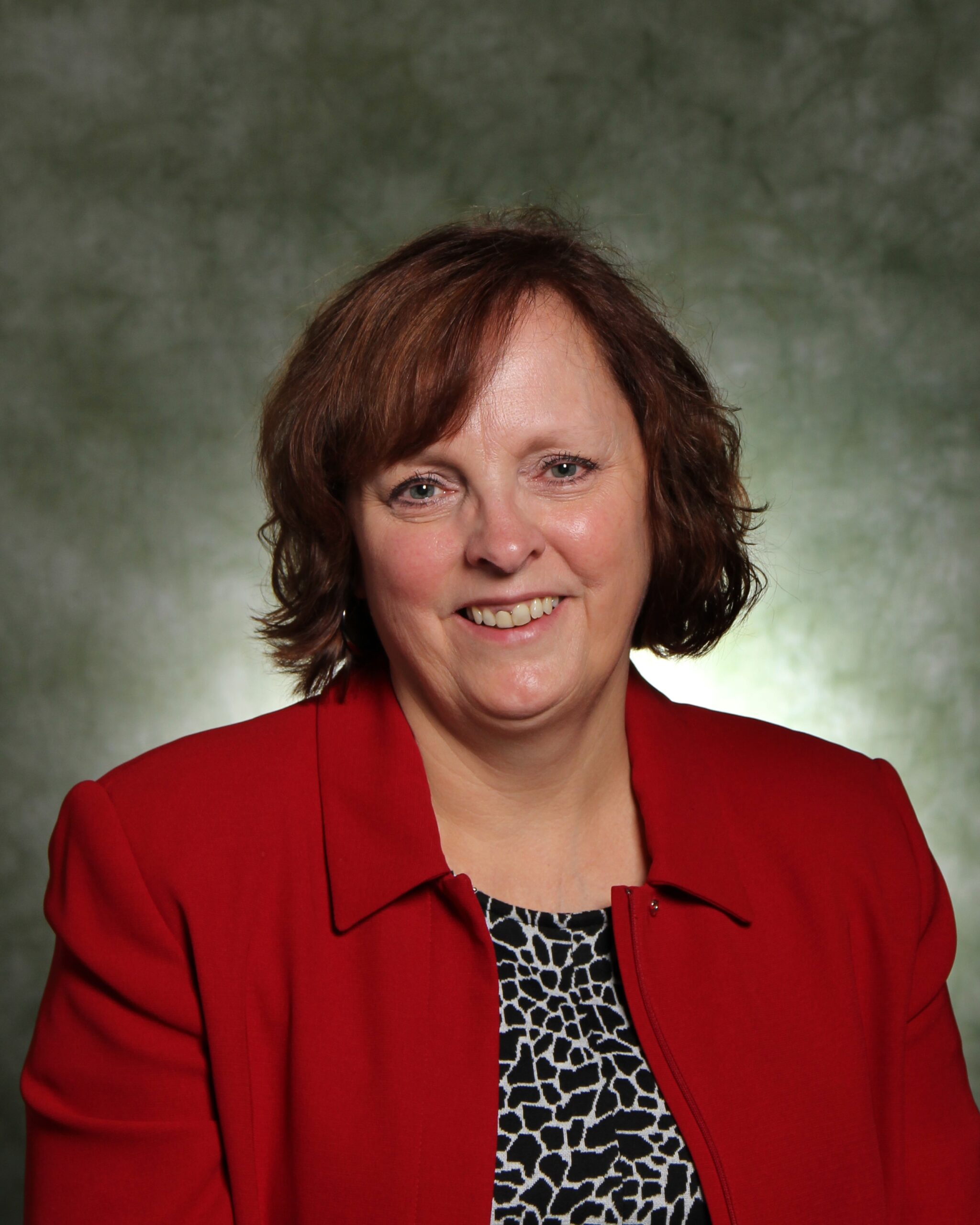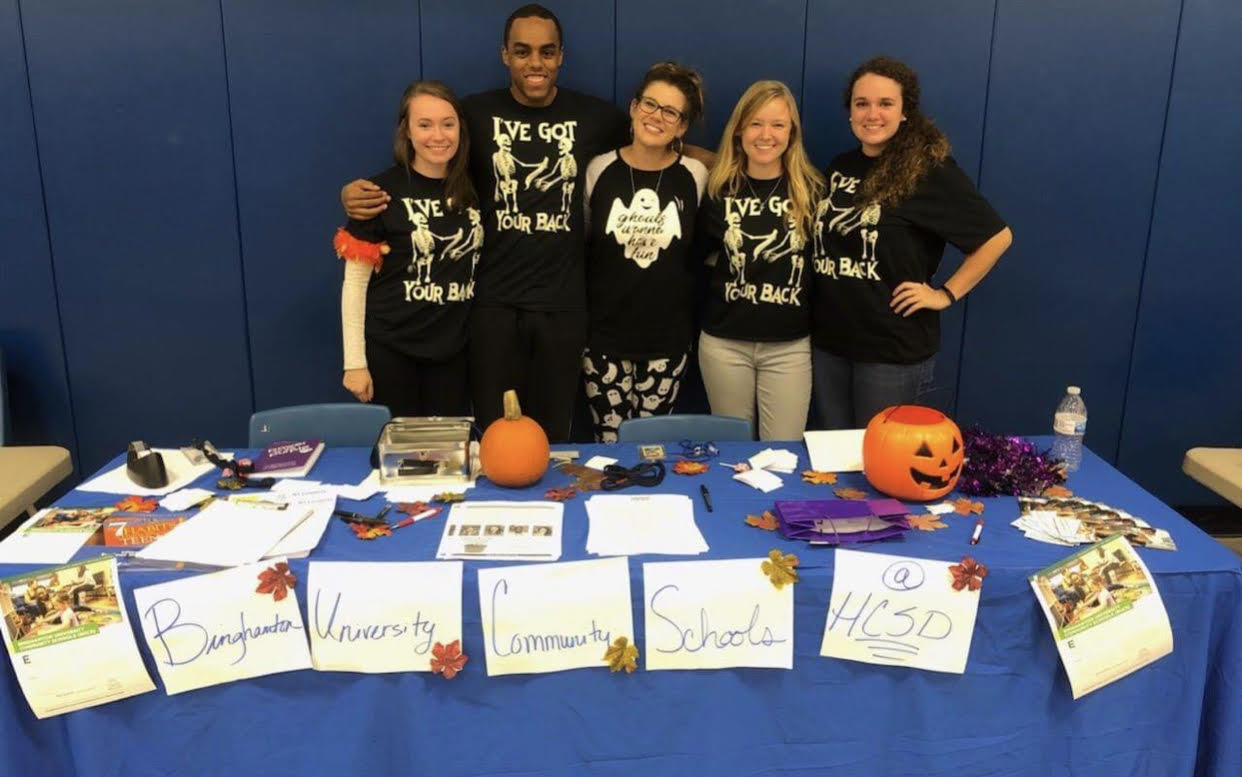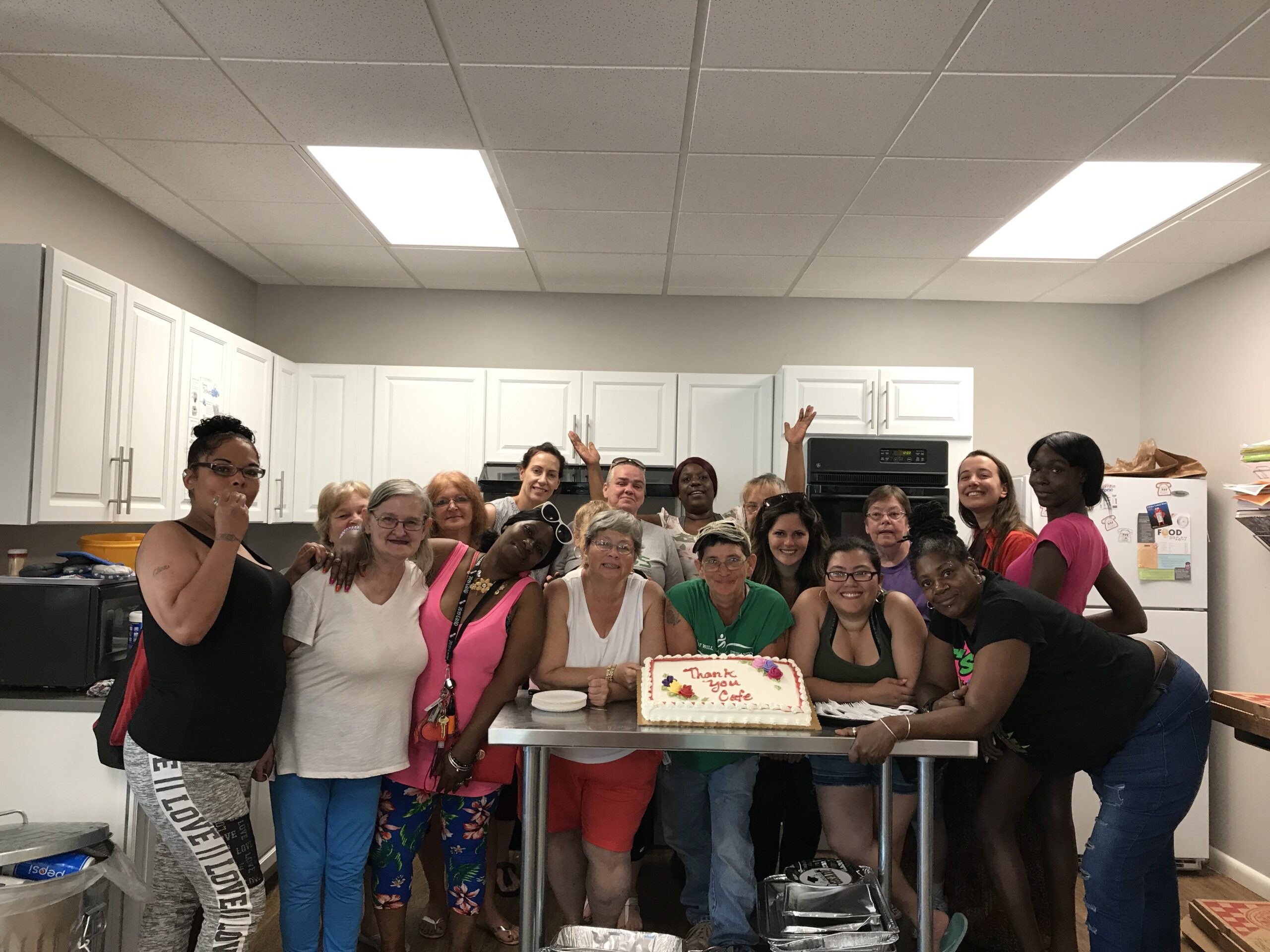Community Schools & COVID-19 in Rural America Community School Leader Spotlight: Luann Kida, Director of Binghamton University Community Schools Regional Network
Author: Aqsa Rashid, Intern at the Institute for Educational Leadership
In the Fall of 2019, Luann Kida, Director of Binghamton University Community Schools Regional Network, was occupied with her regular, daily job routine: advocating for the Community School strategy, ensuring superintendents received the support they needed, and guiding Community School Coordinators in ten school districts.
Half a year later in March, everything changed–COVID-19 emerged and she found herself, along with her Community School Coordinators,’ students, and families, facing unique challenges and trying to figure out how to navigate them.
 As the end of the academic year approached, schools ran into many obstacles; internet and technology access, meeting basic needs, literacy and language barriers, special education considerations, and many other issues that had become exacerbated, became immediate priorities in promoting education and equity across Community Schools.
As the end of the academic year approached, schools ran into many obstacles; internet and technology access, meeting basic needs, literacy and language barriers, special education considerations, and many other issues that had become exacerbated, became immediate priorities in promoting education and equity across Community Schools.
Jumping into Action
Many families rely on schools for a warm and filling meal. In March, as food insecurities arose amid empty cafeterias, another challenge became transporting food to communities and families in need of affordable meals. Community School Coordinators quickly supported Grab and Go meals as well as home delivery, using school buses to help address the rising number of families facing hunger.
At the same time, some children were not able to access the tools needed for remote learning. The digital divide that already existed was widened by families who now needed to obtain internet and technical equipment in their homes in order to continue their children’s education, on top of balancing their own remote work for their careers. Community School Coordinators provided support to families and navigated complicated procedures to obtaining resources such as “free” internet that required a credit card to access. Imagine requiring a student to pass a class without a textbook–this is what is it like without internet or smart devices.
Meeting these challenges meant Luann and her staff needed to make rapid changes in the long-standing programs and strategy they had started for their Community Schools. Regional Network meetings designed to connect and support Community School Coordinators across the ten school districts increased in frequency to meet the demands being placed on Community School Coordinators. Funding streams were adapted to provide better access such as providing gas cards so that families could access food pantries in their rural communities where no public transportation was available.
Laying the Groundwork
Funding through the New York State Promise supports Binghamton University Community Schools and the ten districts that include 26 buildings, in a primarily rural county. The schools fund their Coordinators either through grants or various contracts with Binghamton University. Kida’s role as the Director of Binghamton University Community Schools Regional Network is to facilitate and support connection with both the university and the schools in the region.
A project that provided the cornerstone to the Community School work with Binghamton University Community Schools was the Family Engagement Cafe model that originated in 2011 in a very rural district. In-person meetings designed to support families and facilitate engagement in the educational process of their children lead to leadership training and volunteers in classrooms bridging the gap between home and school. This type of family engagement facilitated the community school model in this district.
“After implementing the community school model in 2011, the culture of the school really shifted. Everything is about family engagement now. We’ve targeted a lot of families and asked them what it is like to have a child in this district, and to hear what they had to say. What started as outreach has evolved into a new way of doing business within the school!”
– Luann Kida
One such cafe, The Grandparents Cafe, was a response to the increasing number of grandparents raising their grandchildren due to a number of issues: trauma, mental health, drug addiction, and other problems impacting some parents’ ability to care for their children. Several grandparents said they found it helpful to talk to other grandparents in the same situation.
 After the start of COVID-19, some of the grandparents felt the loss of their connection to other grandparents, so they decided they would have virtual online video conference calls through Zoom Meetings. During the Zoom calls, the grandparents would lead the content, discuss how they were navigating having their kids at home, and explore other issues pertaining to their elementary-aged school children. Several were terrified about being able to go grocery shopping and taking the risk of leaving their house, as they were often the only caregiver for their grandchildren. Community School Coordinators addressed this challenge by mailing food and necessities directly to their home. After each virtual event, Community School Coordinators reached out to grandparents to make sure their technology worked properly and to ensure they could understand and use it.
After the start of COVID-19, some of the grandparents felt the loss of their connection to other grandparents, so they decided they would have virtual online video conference calls through Zoom Meetings. During the Zoom calls, the grandparents would lead the content, discuss how they were navigating having their kids at home, and explore other issues pertaining to their elementary-aged school children. Several were terrified about being able to go grocery shopping and taking the risk of leaving their house, as they were often the only caregiver for their grandchildren. Community School Coordinators addressed this challenge by mailing food and necessities directly to their home. After each virtual event, Community School Coordinators reached out to grandparents to make sure their technology worked properly and to ensure they could understand and use it.
Relationships Matter
“The last couple of months of school have revealed the importance of relationships. You have to build them before something like this happens for best results. Although possible, it is much harder to start building relationships remotely,” Kida said.
“We’ve been thinking about how to strengthen relationships with everyone in the school. School staff have drills that address immediate procedures for crisis situations. No one was prepared to deal with a long-term crisis like COVID-19. This demands a whole different level of planning where we are seeing the strategic approach community schools brings as an important part of their planning. If you have a crisis, how do you communicate with families? How do you make sure everyone is reached? That is something they’re still figuring out.”
The value of relationships became more clear to many in Luann’s district, having seen their students reach out to their Coordinators, including the support that University students were receiving.
“Binghamton University Community Schools and the Center for Civic Engagement also support connecting college students to the Community Schools in the region. When COVID-19 hit, college students had to meet their own educational requirements remotely,” Kida said. “Community School Coordinators and Binghamton University staff checked in on their needs, seeing how they were doing living on a college campus post COVID-19, and more.”
 On a town hall Zoom call, Kida and other Community School coordinators all agreed that the Community Schools model has made their schools more equipped to address the crisis.
On a town hall Zoom call, Kida and other Community School coordinators all agreed that the Community Schools model has made their schools more equipped to address the crisis.
“These schools were already collaborating about the needs of students beforehand,” Kida said. “The students need relationships with people they understand and trust. Because we had that, we were able to reach out to families, who see school as being there for them. It isn’t an us or them, they are all in it together. That comes with what we do. And that is the beauty of Community Schools. When so many minds come together, good things happen.”
Rural Roadblocks
While some struggles may be shared universally at schools during this time, others are more distinctive to their specific geographical location. According to Kida, the rural areas in her county tend to have dead zones with no internet or cell service, making it more difficult for schools to be interactive or in sending their resources to students and families. Although schools were distributing laptops and Chromebooks freely, they did so knowing that some may come back broken or may not come back at all, which Kida said was a decision made because it was best for kids. Some schools have also tried to make their buildings hotspots for people to access or have discussed making school buses hotspots to travel throughout neighborhoods. As far as logistics go, Kida said it’s all about leveraging resources in a way to connect to certain neighborhoods.
A Model for All Times
“You cannot say you’re a community school without doing family engagement and without collaborating. That will impact what people think about community schools,” Kida said. She elaborated on some positive experiences she’s had through this time period in her work: “Our Community School Coordinators have been amazing during this time period, doing needs assessments, looking at gaps, and reaching out to build relationships with her families,” Kida said. “One superintendent was not aware of the impact of having a Community School Coordinator in the district, but now, is realizing how this work can make an impact outside of the crisis.”